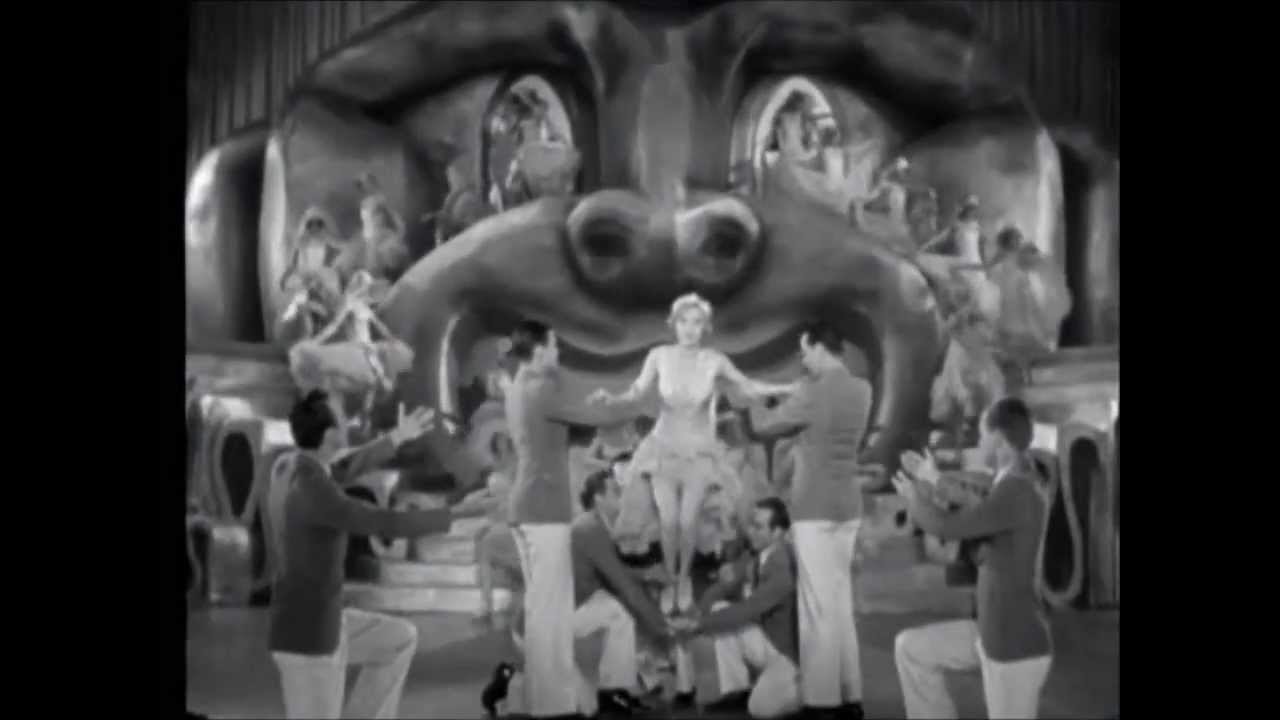

A Rare Bit Of Film History…Making Movies With Sound
A Rare Bit Of Film History…Making Movies With Sound
‘Show Girl in Hollywood’ was released in April of 1930 and is one of the first sound films made. Fortunately it includes in it’s story line a bit about how these films were made.
As you will see in this rare clip, condenser mics are hung from the rafters and there are multiple cameras shooting simultaneously from soundproofed booths. The first look at the cameras comes at :43 and at 1:25, we go inside the booth and hear the whur of the camera. There are several more camera shots, but at 3:09 and 3:11 we get a look at the audio mixing board and the lathe cutting the disc the sound was recorded on.
Cameras were noisy, so a soundproofed cabinet was used to isolate the loud equipment from the actors, at the expense of a drastic reduction in the ability to move the camera. For a time, multiple-camera shooting was used to compensate for the loss of mobility and innovative studio technicians could often find ways to liberate the camera for particular shots.
The necessity of staying within range of still microphones meant that actors also often had to limit their movements unnaturally. ‘Show Girl in Hollywood’, from First National Pictures (which Warner Bros. had taken control of thanks to its profitable adventure into sound), gives us one of the best ever behind-the-scenes look at some of the techniques involved in shooting early talkies.
Several of the fundamental problems caused by the transition to sound were soon solved with new camera casings, known as “blimps”, designed to suppress noise and boom microphones that could be held just out of frame and moved with the actors.
With sound came a new, strict standard of 24 fps. Sound also forced the abandonment of the noisy arc lights used for filming in studio interiors. The switch to quiet incandescent illumination in turn required a switch to more expensive film stock. The sensitivity of the new panchromatic film delivered superior image tonal quality and gave directors the freedom to shoot scenes at lower light levels than was previously practical.
Thanks to our friend, NBC audio legend Joel Spector for sharing this with us! Enjoy and share!
http://www.youtube.com/watch?v=oafgeA41QTc
Alice White performs “I’ve Got My Eyes On You” in the 1930 musical Show Girl In Hollywood – Learn more about Alice at http://www.alicewhite.org
They had to start somewhere.
The era of sound on disc passed rather quickly, and yes, the disk cutter were using vacuum tubes in those days, or else there would have been an ENORMOUS horn rather than simple microphones.
It is hard to realize that before the end of WWII, there was no magnetic tape/mag film so sound tracks had to be recorded right on film, and if there was mixing required, the sound track film was re recorded.
Once “Full coat” magnetic film was available the sound tricks became easier.
Oh and the shot of the camera, did have a sound that resembled a projector running at 24FPS, so it was probably a real recording.
I’d say in this case it was actually shot to a playback.
In addition to being a tour-de-force on how this process was used to make sound movies at the time, this is also an excellent musical performance, and a really great song too.
A lot of hard work!
-Great production! Bizarre set! Noticed sound dept. Was cutting two discs-was that for backup or overlap?
Amazing what it took to shoot sound pictures at the beginning. How much had to go right to get a useable take, then a completed print and successfully show it in a theater.
Now I am watching the clip some 80+ years later on a mobile hand held device that shoots high definition color digital video and would be absolute science fiction to them.
What was science fiction to them was the small “light bulbs” with 2 extra pieces inside (AKA vacuum tubes) that somehow amplified the signal from the microphones (also pretty sci-fi) enough to cut a record of the sound. The rest was all pretty much electro-mechanical. Well, and chemical. Film itself was still pretty sci-fi, especially moving pictures.
Thanks
Here’s the movie poster from 1930. It was directed by Mervyn Leroy. There were cameo appearances by Al Jolson and his wife Ruby Keeler, Noah Beery, Walter Pidgeon, and Loretta Young.
This is wonderful imagery and a great piece of cinema history